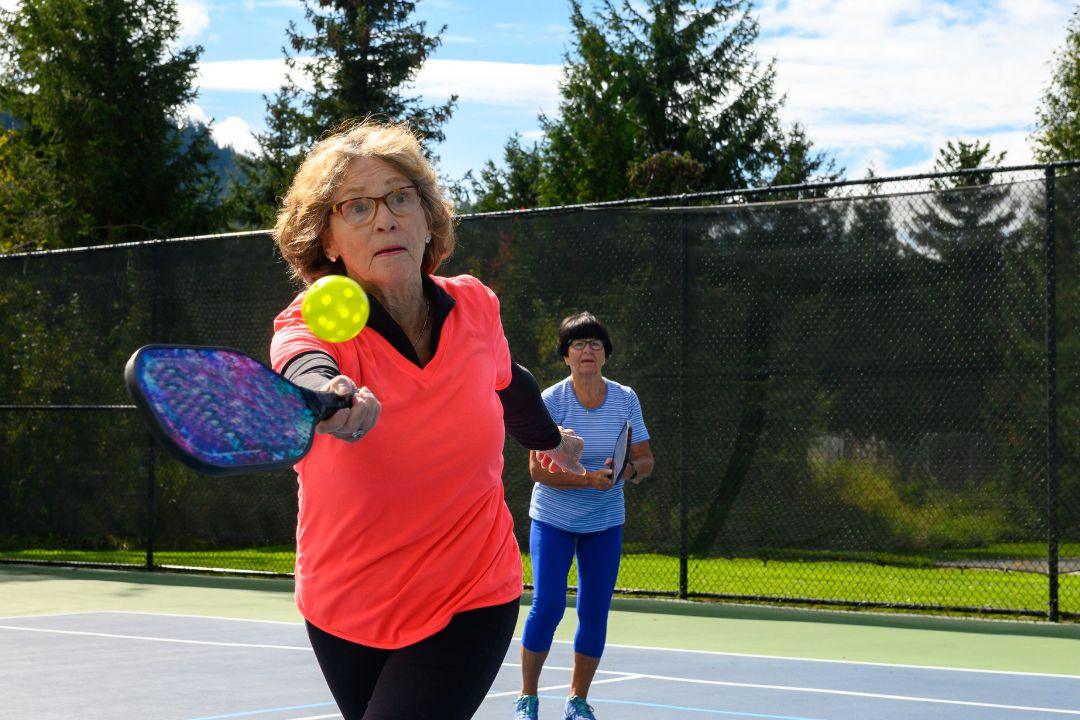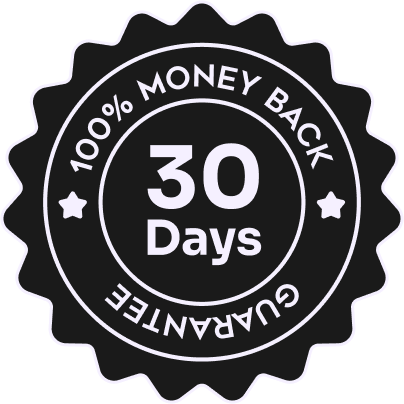
How to Improve Your Reaction Time on the Pickleball Court
Share
Pickleball is a game of speed, precision, and quick thinking. One of the most important skills to develop is reaction time—the ability to respond swiftly and accurately to fast-moving shots. Improving your reflexes can make a dramatic difference in your game, giving you a competitive edge. Here’s how to sharpen those reaction skills and elevate your performance on the court.
1. Anticipation is Key
The first step to improving reaction time is developing the ability to anticipate your opponent’s moves. Being aware of their body positioning, paddle angle, and tendencies can give you a split-second advantage. By observing these subtle cues, you can often predict where the ball will go before it even leaves their paddle.
- How to Practice: Pay close attention to your opponent’s stance, especially how they hold the paddle. A more open stance may suggest a powerful drive, while a closed stance can indicate a dink shot. Watch experienced players and try to "read" their body language to improve your anticipatory skills.
2. Improve Your Footwork
Quick footwork is essential for reacting faster on the pickleball court. If your body is already in the right position or moving fluidly, you’ll have a better chance of returning even the trickiest shots. Stay light on your feet and work on short, explosive movements rather than large, lumbering strides.
- How to Practice: Perform footwork drills that focus on agility. Ladder drills, side shuffles, and cone sprints help improve your speed and coordination. Always remember to stay on the balls of your feet, ready to move in any direction at a moment’s notice.
3. Strengthen Hand-Eye Coordination
Your ability to track the ball and react with your paddle hinges on sharp hand-eye coordination. To speed up your responses, you need to fine-tune your focus on the ball, connecting your visual input with your body’s movements faster.
- How to Practice: Bounce a pickleball or tennis ball against a wall and try to return it with your paddle, alternating between forehand and backhand strokes. This simple yet effective drill forces you to react quickly while improving paddle control and visual tracking.
4. Engage in Reflex Training
Specific reflex training can help you move faster without overthinking. The faster you can condition your body to respond automatically, the better you’ll perform under pressure. These exercises will help you transition from reacting to anticipating.
- How to Practice: Reaction ball drills are fantastic for pickleball players. These irregular-shaped balls bounce unpredictably, requiring quick responses. Another technique involves having a partner randomly toss balls toward you, encouraging instant decision-making.
5. Optimize Your Court Positioning
Positioning yourself correctly on the court can naturally reduce the time needed to react. Staying too far back or out of place means you’ll have more ground to cover. Instead, adopt a neutral, balanced stance closer to the kitchen line, which allows you to respond quickly to both short and deep shots.
- How to Practice: In practice matches, pay attention to how positioning affects your reaction time. By standing in an optimal spot and moving laterally with the game, you’ll notice how much faster you can respond to the ball.
6. Mental Sharpness and Focus
Pickleball is as much a mental game as it is physical. Keeping a clear mind helps you respond quickly in real-time situations. Focus on the ball, block out distractions, and avoid overanalyzing during play. Training your mental focus will help you be more agile and decisive in your reactions.
- How to Practice: Engage in mindfulness exercises, such as meditation or focused breathing, to improve concentration and remain calm during tense points. This can lead to clearer thinking and faster decision-making on the court.
7. Stay Relaxed Under Pressure
Tension slows you down. When you’re too tight or nervous, your body won’t respond as freely or quickly. It’s essential to stay relaxed and confident, even when the game is intense. Developing a calm mindset allows you to react with precision.
- How to Practice: Practice deep breathing techniques during matches to stay loose and focused. Tension often leads to hesitation, while relaxation promotes smooth, natural movement.
Conclusion
Improving your reaction time in pickleball requires a blend of physical and mental training. Through better anticipation, sharper footwork, and targeted reflex drills, you’ll find yourself responding faster and with greater accuracy. Make these strategies part of your regular routine, and watch as your game evolves into a quicker, more fluid version of itself. Stay focused, stay agile, and soon, you’ll be returning shots that used to seem impossible!












